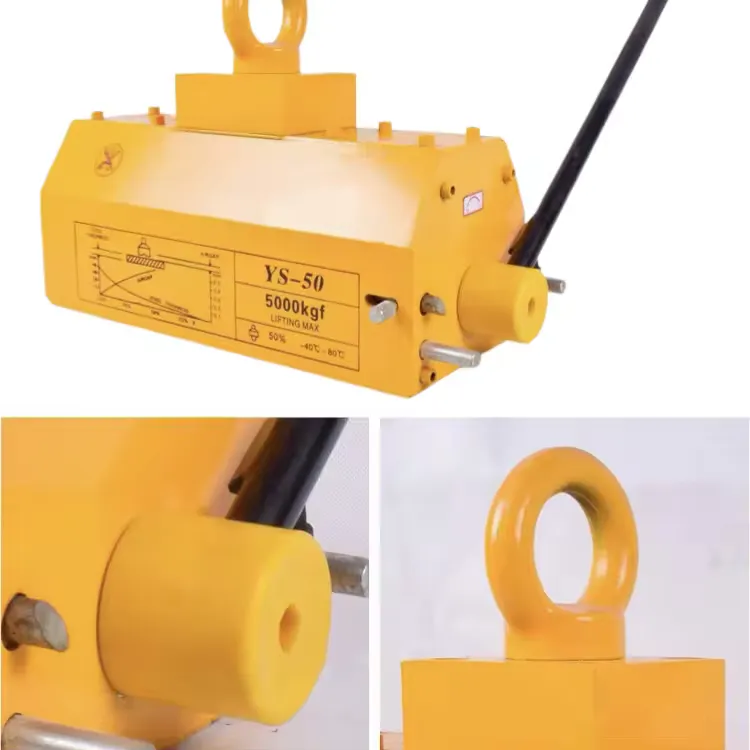heavy lift machinery moving
Heavy Lift Machinery Moving A Comprehensive Guide
Heavy lift machinery is an essential component in various industries, including construction, shipbuilding, and manufacturing. These large and often cumbersome machines require specialized techniques and equipment for safe and efficient movement. Whether relocating a crane, transferring heavy components, or moving entire production lines, understanding the intricacies of heavy lift machinery moving is critical for professionals in these fields.
Understanding Heavy Lift Machinery
Heavy lift machinery generally refers to equipment designed to lift, move, and position large loads. Examples include cranes, excavators, and industrial lifts. These machines are typically characterized by their high weight capacity and robust construction, enabling them to handle loads ranging from several tons to hundreds of tons. The operational efficiency and safety of these machines depend heavily on their correct transportation and placement.
Planning the Move
Before any heavy lift machinery can be moved, thorough planning is crucial. This process begins with assessing the current location and identifying the new site. Key considerations include the dimensions of the machinery, the weight, the surrounding environment, and potential obstacles. A detailed route plan should be developed, taking into account the ground conditions, potential hazards, and the load-bearing capacity of the transport path.
Consulting with experienced engineers and rigging specialists ensures that all aspects of the move are considered. Creating a comprehensive checklist helps to ensure that nothing is overlooked, including necessary permits and safety regulations that must be adhered to during the operation.
Choosing the Right Equipment
Selecting the appropriate equipment for the move is another crucial step. Depending on the weight and size of the machinery, options such as flatbed trucks, specialized trailers, and heavy-duty cranes may be required. In some cases, hydraulic dollies or modular transport systems might be employed to facilitate the movement of particularly large or awkwardly shaped machines.
heavy lift machinery moving

Additionally, rigging equipment such as slings, shackles, and spreader bars must be chosen based on the specific requirements of the machinery being moved
. This equipment is vital for ensuring that the load is stable and secure throughout the transportation process.Executing the Move Safely
Safety is paramount when moving heavy lift machinery. All personnel involved should be adequately trained and equipped with personal protective equipment (PPE). Prior to the move, a safety briefing should be conducted, outlining the procedures to be followed and roles assigned to each team member.
During the actual movement, constant communication is vital. Utilizing radios or hand signals can help maintain coordination among team members. It is also essential to monitor the machinery closely, watching for any signs of instability or issues that may arise during the transport.
Post-Move Considerations
Once the heavy lift machinery has been successfully relocated, it is important to conduct a thorough inspection before putting it back into operation. This includes checking for any damage sustained during the move and ensuring that all components are functioning correctly.
Additionally, documenting the entire process can provide valuable insights for future moves. This information can help improve planning and execution for similar projects down the line.
Conclusion
Moving heavy lift machinery requires meticulous planning, the right equipment, and strict adherence to safety protocols. With the correct procedures in place, professionals can ensure the safe transport of these essential machines, thereby contributing to the efficiency and productivity of their operations. As industries continue to evolve and demand for heavy lifting increases, mastering the art of machinery moving will remain a vital skill in ensuring operational success.
-
Unlock Seamless Relocation with Our Heavy Equipment Moving ExpertiseNewsJun.06,2025
-
Unleash Unrivaled Flexibility with Our Adjustable Gantry CraneNewsJun.06,2025
-
Unleash Heavy-Duty Efficiency with Our Industrial Gantry Crane SolutionsNewsJun.06,2025
-
Revolutionize Steel Handling with Our Magnetic Lifter RangeNewsJun.06,2025
-
Master Equipment Mobility with Premium Machinery Mover SolutionsNewsJun.06,2025
-
Elevate Your Material Handling with Magnetic Lifter TechnologyNewsJun.06,2025
-
YS Permanent Lifting Magnets: The Smarter Way to Handle SteelNewsMay.22,2025
